The 2022 Honda Civic Cabin Throws Down An Unexpected Challenge
With a starting price of $22,694 for the 2022 Civic Sedan LX, nobody is expecting a Bentley-level interior from Honda's new mass-market car. Real wood, authentic metal, and artisan stitching on your hand-tanned leather is always going to come at a price. There's a good reason, after all, that luxury cars typically start at six-figures and spiral up from there.
What the new Civic demonstrates, though, is that economy needn't also mean design is sacrificed. Or, more specifically, that just because you're building to a budget, that doesn't mean you can't surprise and delight with what you deliver. You just have to prioritize a little differently.
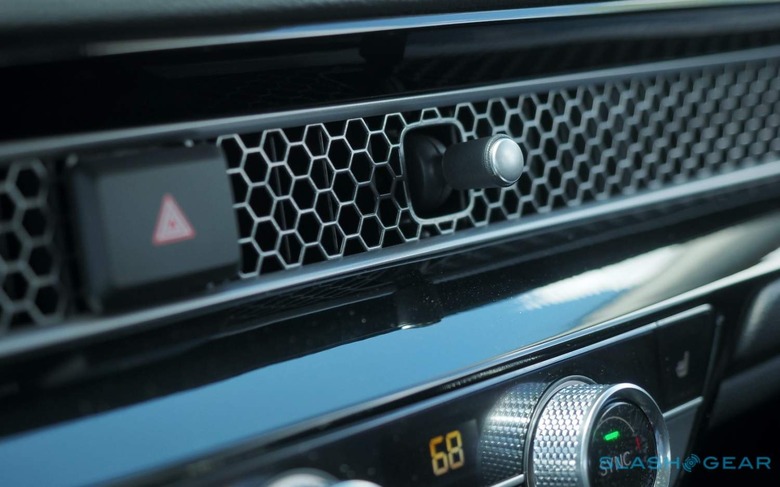
The mesh strip that bisects the 2022 Civic's dashboard is that strategy in practice. It looks astonishingly good, fresh and creative, and it leaves the cabin feeling wider and more high-tech. The joystick-like controls for the HVAC vents hidden behind the mesh are not only eye-catching and playfully fun, but more straightforward to control than most other systems.
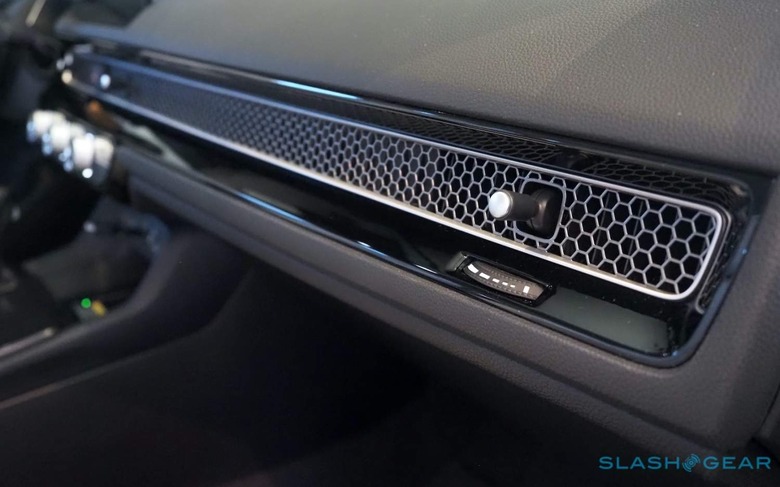
Honda has focused its budget on where it packs the most punch. The mesh is real metal: you don't get up close and realize it's cheap plastic pretending to be otherwise. Honestly, it feels like something you'd expect to find in a car considerably more expensive than this.
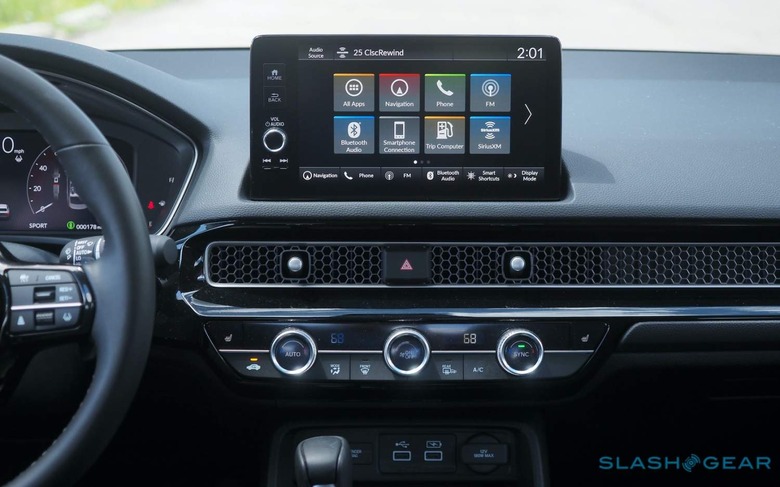
In many ways it's about attention to detail, even if those details don't necessarily cost a lot in themselves. The Civic's HVAC knobs are a good example of that. They may not be milled from chunks of metal, diamond-polished, and then mounted in a slab of real wood trim, but Honda has clearly sweated the small stuff. They have a pleasing weight as you turn them, which lends a sense of greater prestige.
I doubt it cost Honda much, in the grand scheme of things, to refine that tactile feel. Probably more in time than money, in fact. But it's a reminder that "affordable" needn't have to mean "pedestrian" too.
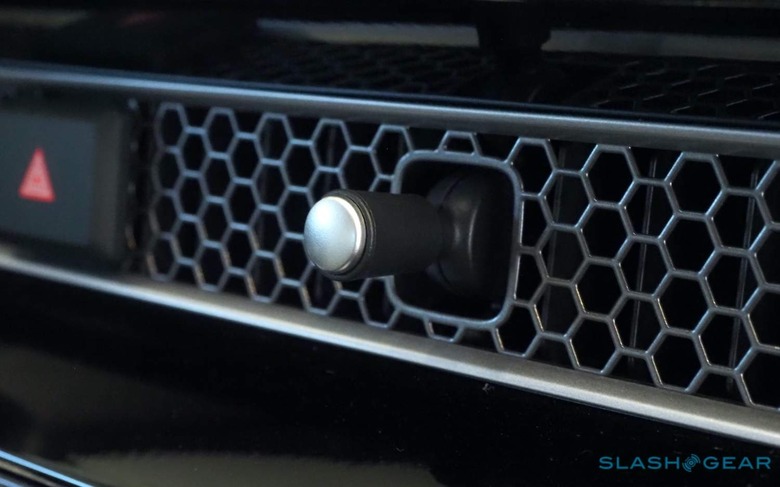
Other trim parts underscore that strategy. Honda, wisely, has avoided fake wood in the new Civic: it never convinces anyone, invariably looks tacky, and it probably wouldn't go with the overall aesthetic in the new sedan anyway. Rather than the gloss black plastic so commonly used instead, however, it opted for a textured finish.
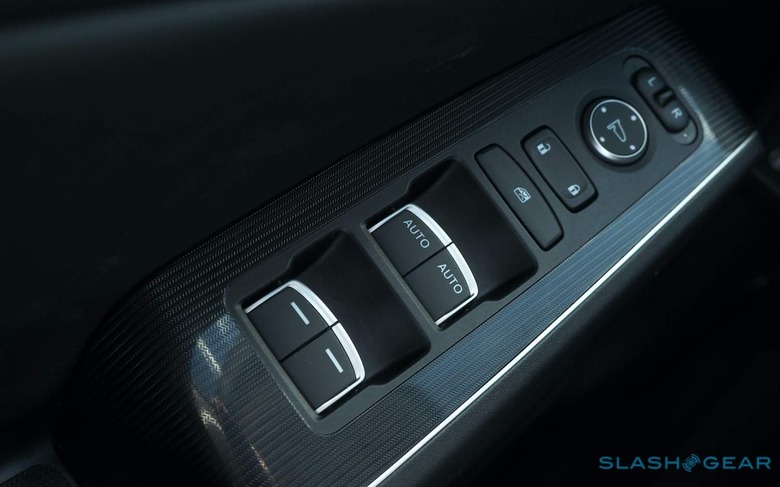
The result cuts down on reflections, but also on fingerprints and smudges. Things that leave the interior of a car looking tired and dirty far more rapidly. Again, I doubt the material choice added particularly to Honda's overall bill of materials, but the value-add of the automaker's consideration is significant.
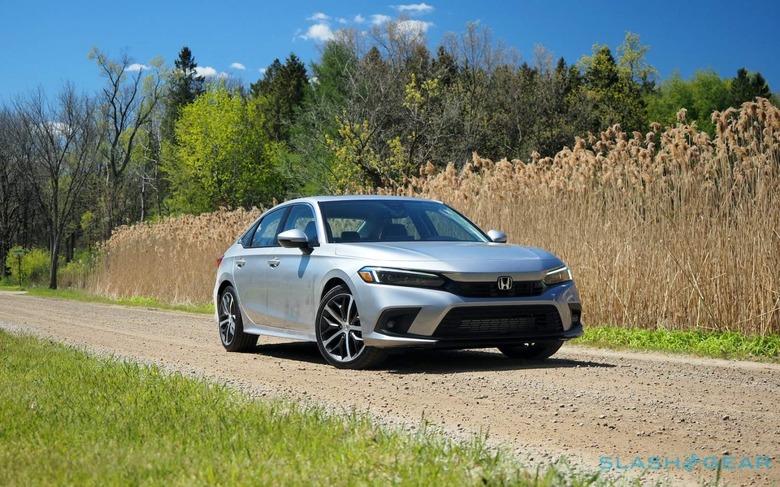
That's not to say Honda's strategy is an entirely clean sweep. Options on the Civic are few and far between, another approach that helps keep things simple – and cost-effective. By standardizing on four main trims – LX, Sport, EX, and Touring – and just a few seat fabric options, Honda gets an easier production line and we get the cost benefit of that.
Problem is, it does mean you're at the mercy of Honda's packaging decisions, and I'm not sure I agree with all of them. Most frustrating is the fact that you can only have the 9-inch infotainment touchscreen on the top-spec 2022 Civic Touring: the other trims come with a 7-inch screen instead. It also means you miss out on wireless Apple CarPlay and Android Auto, since the LX, Sport, and EX use a wired system instead.
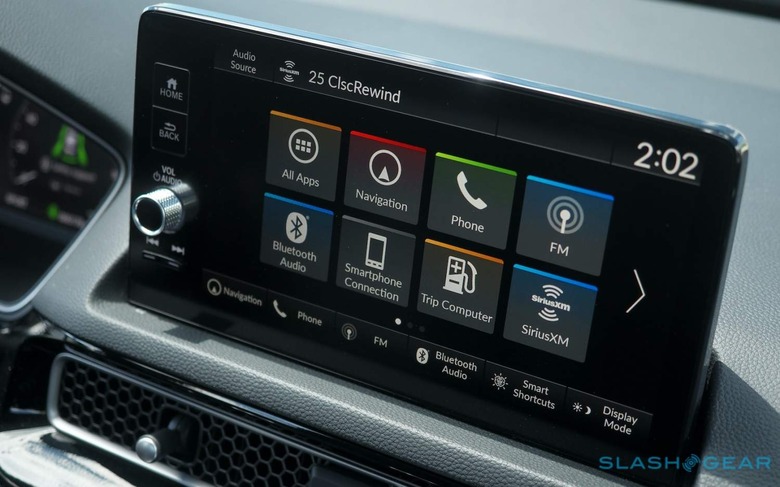
Honda isn't alone in that approach, nor in paying attention to detailing, but the 2022 Civic Sedan is perhaps the most memorable of the cabins I've seen in relatively attainable new cars from the past few years. I may have my other complaints about it – the complete absence of electrification options, for a start – but I can't criticize the decisions Honda made around design and materials. The rest of the auto industry should consider that a gauntlet thrown down.
